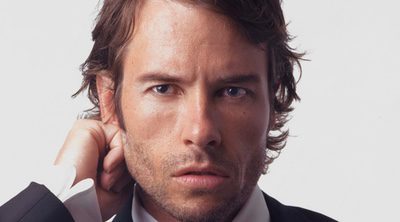

And I hope that, like his career, it resonates with his audience as well.The partial inspiration for the ABC television mini-series! When We Rise hits its stride once Jones gets to his mentor, Harvey Milk, and his life in activism really takes root, but I appreciate Jones’ reasoning behind the story he has told here.

Because it’s important to remember that the LGBTQ community was virtually invisible in society in the not-so-distant past–and that invisibility nearly killed us when the AIDs epidemic hit. The fact that the younger generation of LGBTQ youth frequently doesn’t know these stories–and sometimes does not care to know–is exactly why Jones has structured his book this way. I only spent roughly 18 years in that America, but Jones lived it every day for forty years. These stories are easily forgotten now, in a post-Ellen Degeneres, post- Will and Grace, post- It Gets Better America. Yes, a degree of Jones’ aimlessness in this part of the book comes from within him, but there’s no denying that it was helped along by a sense that ‘polite’ society wanted him to conform in ways he was unwilling to conform–and shouldn’t have needed to. The successful gay men Jones meets, who have steady jobs and finances, are significantly more buttoned-up than he is (read: closeted). To be out and gay was to live on the margins. When Jones moved out and eventually settled in San Francisco, there still wasn’t a place for him or any of his gay friends in society. He wasn’t even sure there were other gay people until he saw an article in Life magazine–an article that literally saved his life since he had been on the verge of suicide over his sexuality. Jones grew up in a time when homosexuality wasn’t discussed. Jones intentionally focuses on this time period because he hopes you will realize that this very meandering was revolutionary in its time. Admittedly, it does feel as though the first part meanders as Jones moves around, travels, parties, hooks up, and ambles his way through an inconsequential series of jobs strictly intended to get him by. It may seem surprising that more than half of Cleve Jones’ memoir is taken up with his life before activism–before, that is, his work with Harvey Milk or creating the AIDs Memorial Quilt–but that is the whole point.


 0 kommentar(er)
0 kommentar(er)
